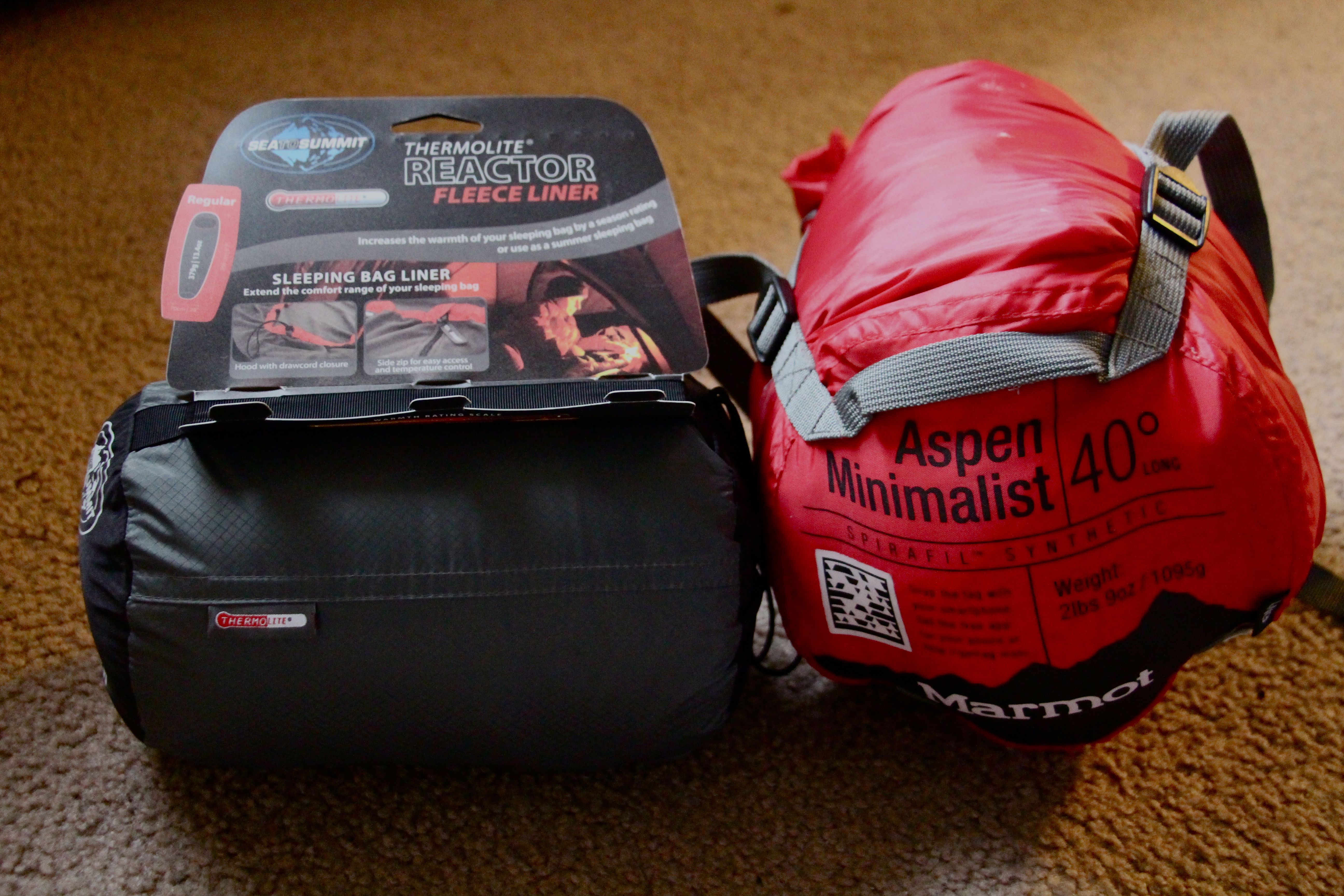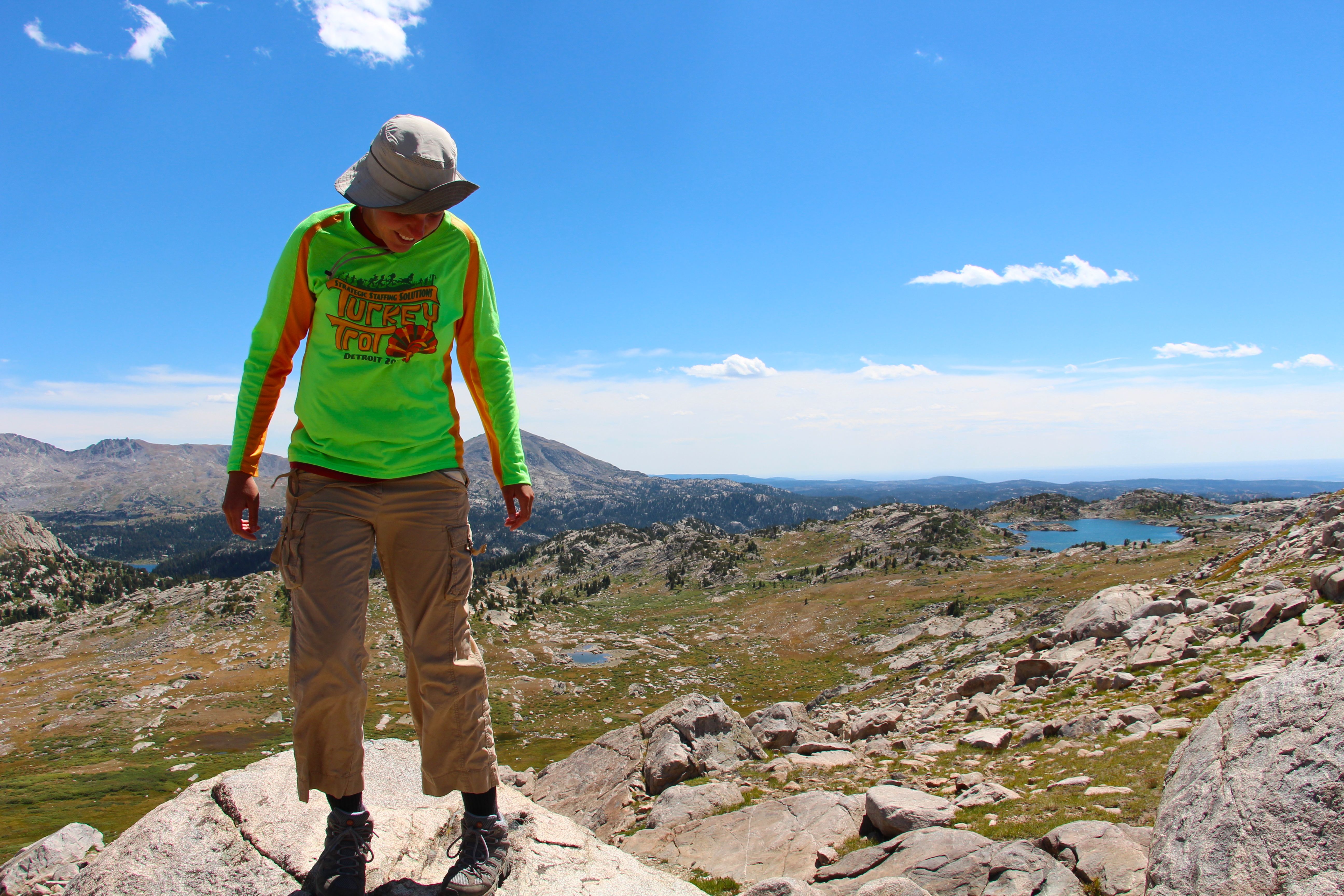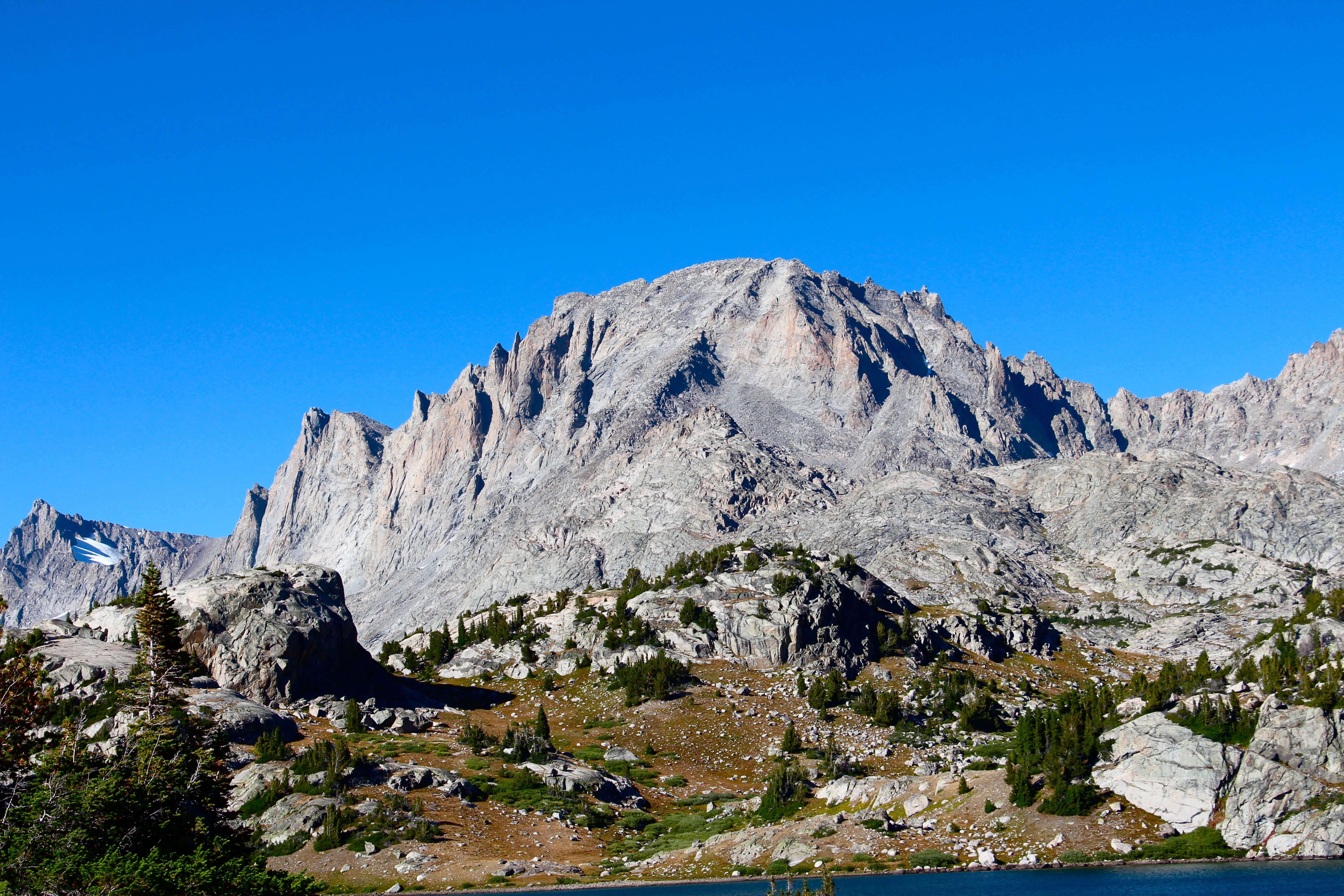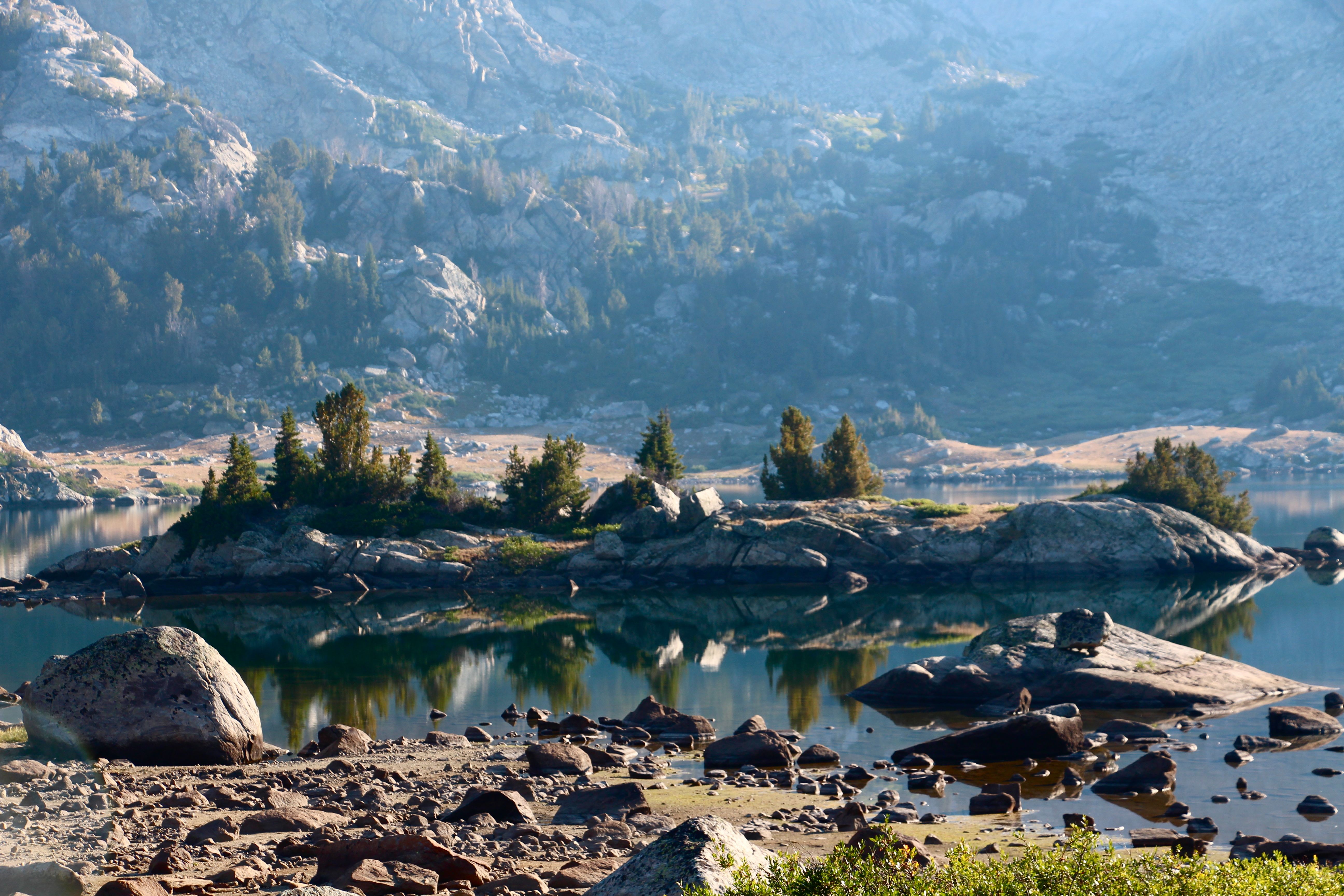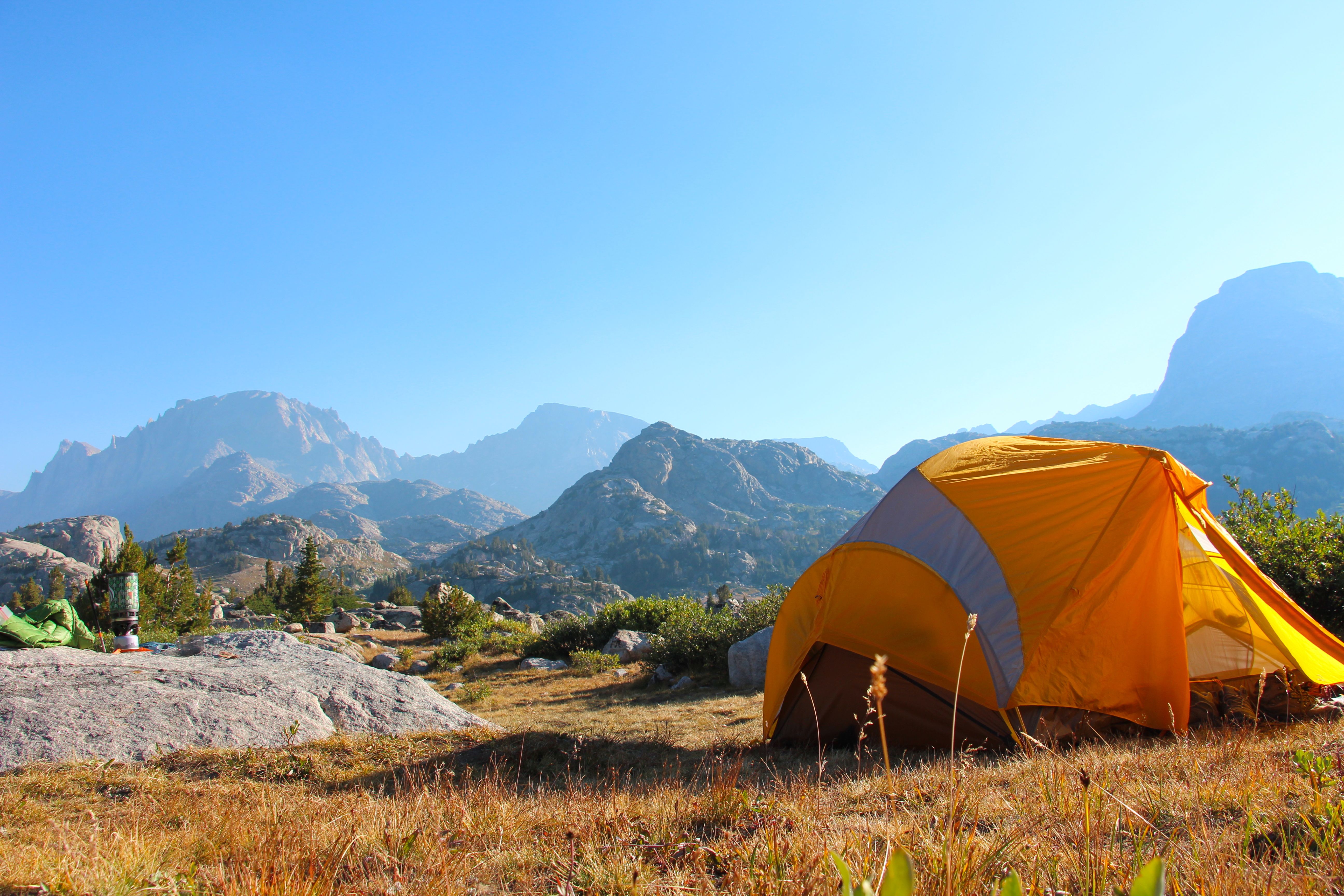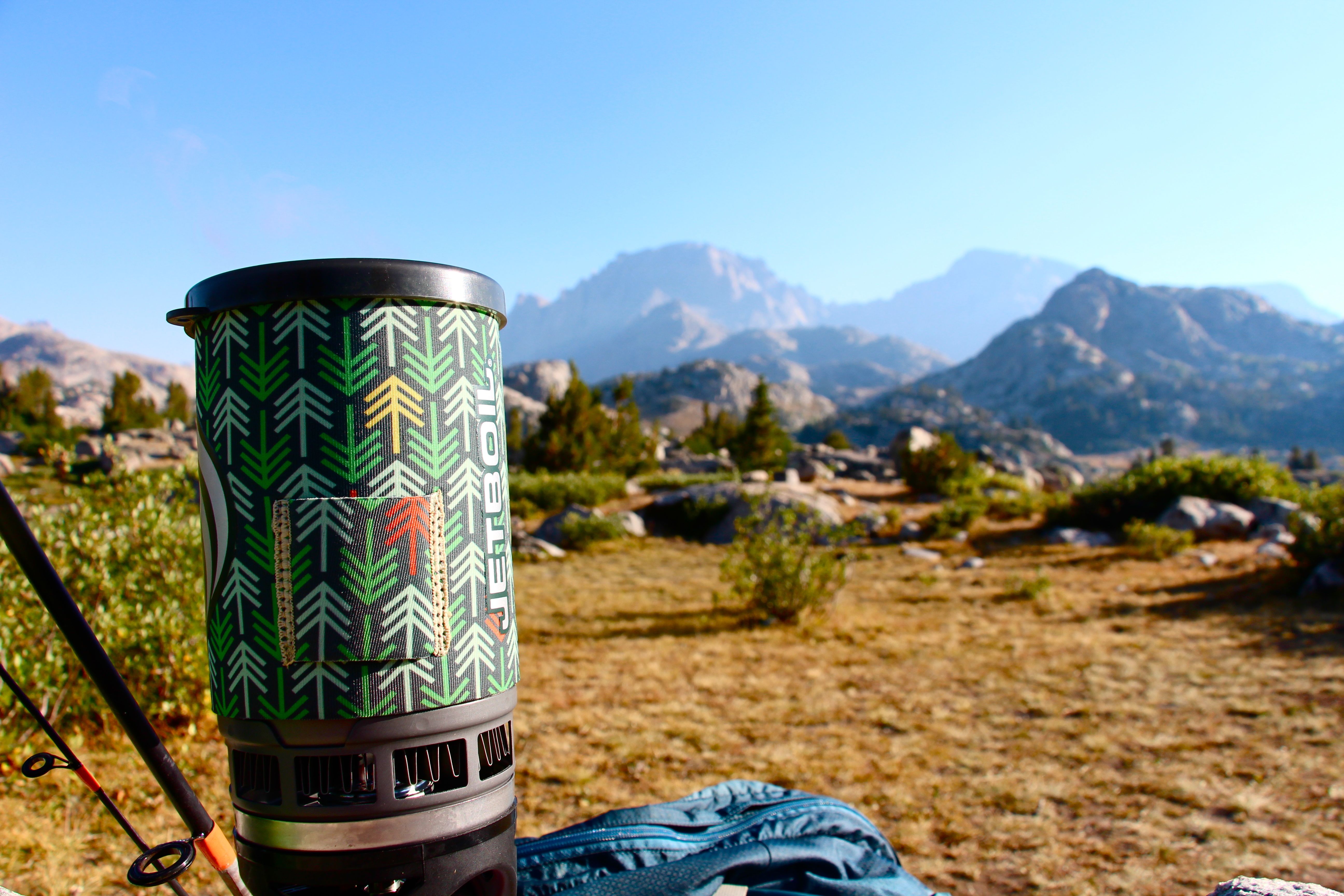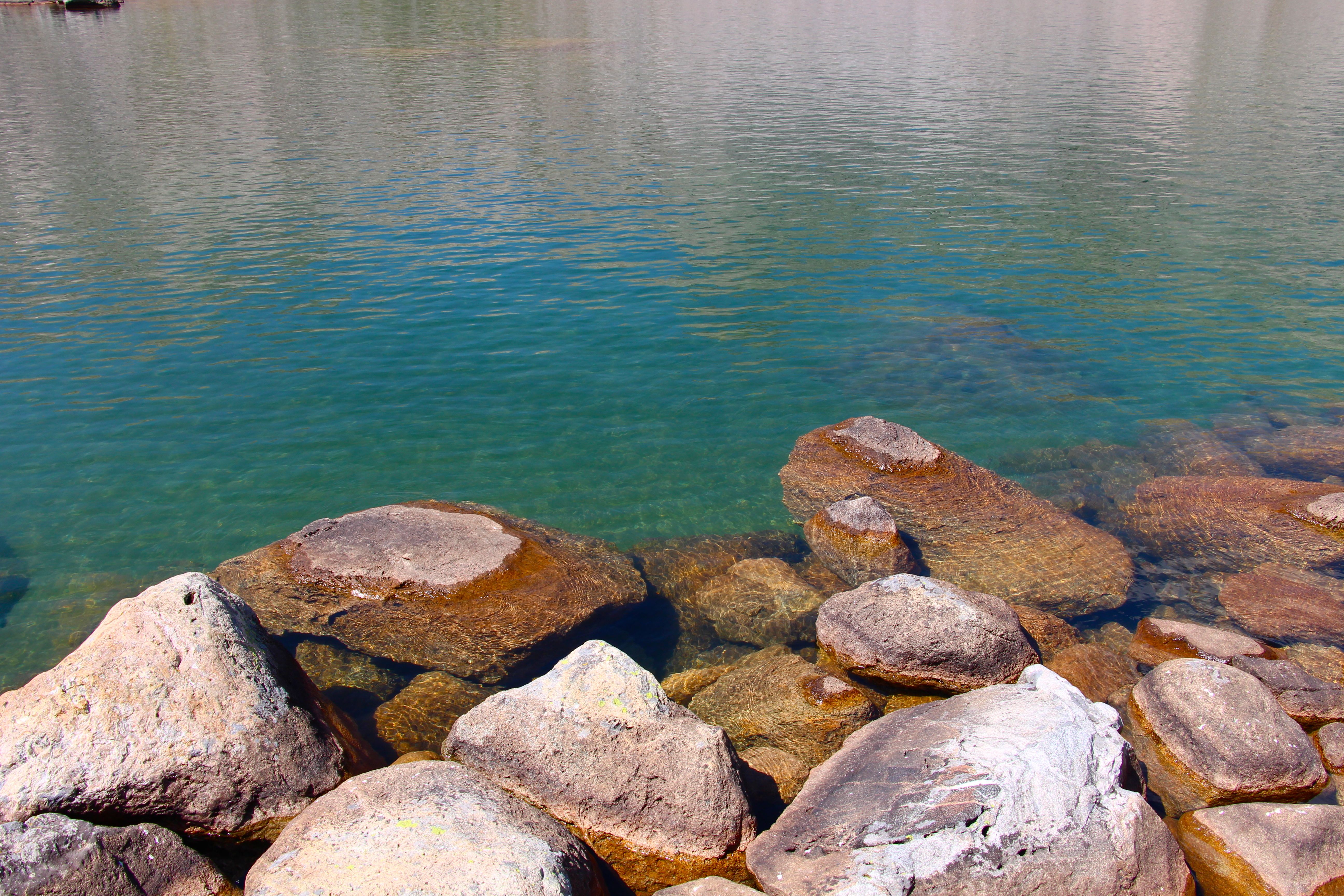In preparation for my weekly excursion, I had laid out all my field supplies across the living room floor. Now a routine part of my week, I mechanically began packing all my supplies into my daypack and overnight bag.
“What do you do out in the woods all day?”
Skyping an old friend, I didn’t bother to look up at his virtual face. I was focused on meticulously organizing every object into its designated compartment of my field pack. Packing this way is rather pointless. By the end of the second day in the field, well, let’s just say my backpack is no exception to the rules of entropy.
“I scout for and collect seeds. They are used for restoration projects. A large number are to reconstruct marshes and coastal habitats damaged during Hurricane Sandy.”
“So, you are telling me that for the past three months you have just been hiking around collecting plants?”
“Seeds. And yes. Pretty much”
“What a dream job.”
I looked up and smiled in agreement.
Thus far, my field partner and I have spent at least 600 hours in the woods. Though the majority of that time has been spent sleeping, the rest has consisted of hiking, setting up and taking down camp, cooking, eating, discussing plans, organizing herbarium specimen, collecting seeds…and peeing. There is never a toilet when you need it, and always is a toilet when you don’t. It is not an exaggeration to say that the forests and beaches of Delaware have become our second home. For at least 4 days of every week, that is.

My bed for most of the week.
When explained concisely, our job is simple. We hike. Observe. Record. Collect seeds. Then move on. Though a fundamentally straightforward assignment, it can prove frustrating at times. Searching for plants is like playing a game of hide and seek with my elusive little sister. I can spend hours searching for her to no avail, and even when I begin to yell to her that I give up, she still refuses to reveal her master hiding place. At times, no matter how patiently we search, the plants of which we are interested refuse to let themselves be seen. That is why, when we happen upon a plant population of interest, I cannot help but feel a rush of excitement and accomplishment. At times I want to point my index finger at the plants and hysterically yell, “You! HAHA! Not so sneaky after all, you plant!”
Half way through our internship, one would assume we would be halfway to our goal of approximately 80 collections. The reality is, we are only a quarter of the way there. It can be unnerving at times. We still have so much to do; time is fleeting and I feel a strong obligation to fulfill my role as a Seeds of Success Intern. My job may not change the course of all humanity, but it is still important. Many organizations rely on us to move forward with their restoration projects, and I like to think they are relying on the right people. (Don’t worry, they are).
Part of our difficulty in locating our target species stems from the underwhelming state of many of our field sites. Unfortunately, many of the new lands the Delaware team acquired permits for this year are quite urbanized. The result is field sites with little diversity, dry and eroded waterways, non-existent understories, and invasive plant monocultures. A lot of our time has been spent visiting sites that we end up crossing off our list for future scouting and collecting ventures.

Spartina cynosuroides (big cordgrass)
Luckily, not all of our sites are in a state of decay. Just last week my partner and I spend the entire week knocking out multiple collections across beautiful beaches and marshes as shown in the pictures to the left and below. Healthy sites like these are both precious resources for obtaining plant materials to restore other sites, and are natural blueprints illustrating what a healthy marsh, beach, or forest should look like.

Salt marsh at St. Jones Preserve, DE. (Invasive Phragmites can be seen bordering the marsh, but that is hard to avoid).
Though to me the SOS internship is a dream job, I have come to realize that not everyone is enamored with the prospect of wandering woods and marshes for days on end. I have a few friends who cringe when I show them photographs of invertebrates and snakes I encountered in the field. I was recently sharing some field stories with a friend of mine, relating to her the few times in which I got stuck, thigh deep, in marshes and of the time my tent was obliterated by a strong coastal storm in the middle of the night. My friends response: telling me that is is not too late to join her in medical school, away from the dangers of the outdoors. No thanks.

Northern black racer napping in a tree at one of our field sites.
Apart from improving my identification skills, observational skills, and, to some extent, survival skills, the most important knowledge I have gained during the course of my internship so far is that I have chosen the right career path. Though physically exhausting at times, there is nowhere I would rather be than outside. Collecting seeds will not be my life-long career, but it is an important step toward my goal of spending the rest of my life studying the interactions between all the abiotic and biotic aspects of our world’s ecosystems. To me medical school is the dark and scary jungle. Where I work, among the snakes, spiders, soils and seas, that place is a paradise.

Mr. Spidey the Spider. (Because I don’t know its scientific name)

















